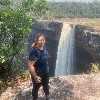When to go...
January - The hot / rainy season becomes established. Air and water temperatures rise. ‘Spring’ arrives with the rain and green shoots appear even in arid areas. Land birds nest, land (Isabela)and marine (Espanola) iguana mating season starts. Green turtles start arriving to lay eggs.
February - Flamingos start nesting on Floreana, marine iguanas nest on Santa Cruz and Bahama pintail ducks start breeding. Sperm whales and occasionally blue whales may be seen off the west coasts of Isabela and Fernandina.
March - Hot and humid. Marine iguanas nest on Fernandina. Frigate bird mating season starts. Late in the month Waved Albatross arrive on Espanola.
April - Large numbers of Waved Albatross arrive on Espanola and start their noisy courtship ritual. Green turtle and land iguana eggs start to hatch. The last giant tortoises hatch.
May - Waved Albatross on Espanola start laying their eggs. Sea turtles hatching on Espanola, Floreana and Santiago, and marine iguanas hatching on Santa Cruz. Galápagos penguins active around Bartholome. The sea lion and fur seals mating season starts, running from May to December. As there is a 12 month gestation newborn pups also arrive during this period.
June - The garua season starts. The air and sea temperatures start to cool, south-east trade winds return and currents become a bit stronger. The nesting season of the giant tortoises starts. Humpback whales may be seen, as may migrant birds flying north.
July - Breeding season for blue footed boobies on Espanola as albatross fledglings start to be born. Flightless cormorants start courtship rituals on Fernandina. Whales and dolphins may be observed of the west coast of Isabela.
August - Oceans can be choppy. Migrant shore birds start to arrive. Mating season for Galápagos Hawks on Espanola and Santiago.
September - Air and sea temperatures at their lowest. Galápagos Penguins breeding especially around Bartholome although can occur all year. Manta Rays seen off east coast of Isabela. Height of the sea lion mating season, with rival males fighting for control of harems.
October - Weather can be mixed. Giant tortoises continue to lay eggs. Blue footed boobie chicks can be seen on Espanola and Isabela.
November - Water and air temperature begins to rise and the winds decrease. Can be some jellyfish. Good visibility for snorkelling – can be especially fun with sea lion pups.
December - Hot / rainy season begins. Air and sea temperatures continue to rise. The mist clears. Islands begin to green over as the rain falls. Green sea turtles start to mate. Giant tortoise eggs begin to hatch.
December - May (hot/wet season)
June - November (overcast/stiff breeze season)









